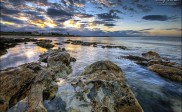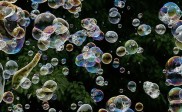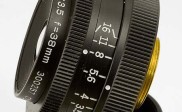Low Light Photography: Shooting in Low Light
Streets at night have some magical feel and effect for some people. Similar to the feel and effect most people see and experience after the rain has stopped. When we see something beautiful and amazing, we want it to last for a lifetime, so what we do is we take our cameras out and take some snaps. But when photographing streets at night or when shooting in Low Light, most people get surprised that they do not capture what they see in their viewfinders. Sometimes the photo comes out so dark that you can’t see the subject, so you decide to use your pop-up flash and try again. This time when you look at the photo you’ll notice that the foreground is overexposed while the background is pitch black. Shooting in Low light may be a challenging task for most people. In this article, you will learn how to shoot in low light.
You have two choices on doing Low light photography; one is to create more light or get more light source that will help you illuminate your subject, or you can adjust your camera settings until you get a great image. As we all know there are three ways to change our exposure settings and that’s by changing your camera’s Aperture, Shutter Speed or ISO.
First let’s discuss Aperture. Aperture controls the amount of light that enters your camera by controlling the aperture blades. The wider your lens opening is the more light it allows to enter and the smaller the lens opening is the less light you get.Prime lenses are usually best in shooting in Low light because prime lenses usually have wide apertures. Careful when you’re shooting a group of people or a number of subjects, because your photo might end up having only one area or one subject in focus.When shooting a number of subjects forget about setting your aperture to the widest opening, remember you still have 3 more options; changing your Shutter Speed, changing your ISO or creating more light.
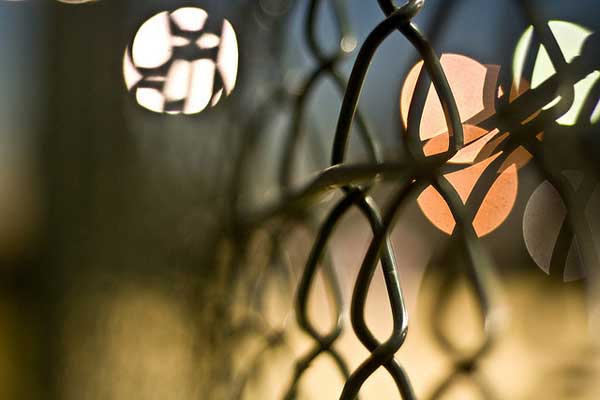
Photo by: Leonrw
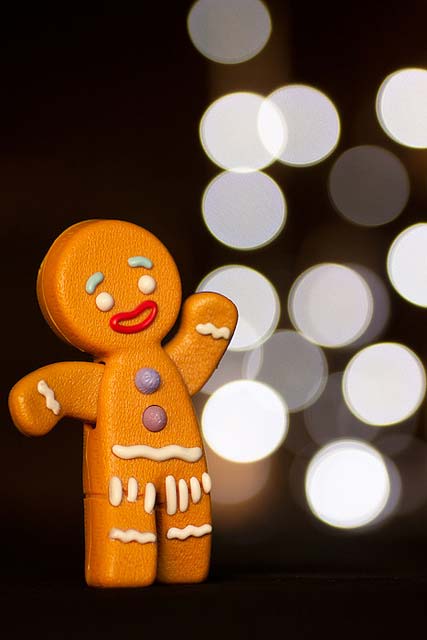
Photo by: Eloise Clare
Now let’s discuss changing your exposure settings by changing your camera’s Shutter Speed. The faster the shutter speed, the less light it allows to enter. That’s why when shooting in low light situations you should use slower shutter speeds or change the mode of your camera to Bulb, especially if you want to create light streaks from moving subjects. Since you have a very slow shutter speed you become more prone to motion blurs. If you don’t want your images to have blur, make sure you hold the camera real steady or better yet use a tripod.
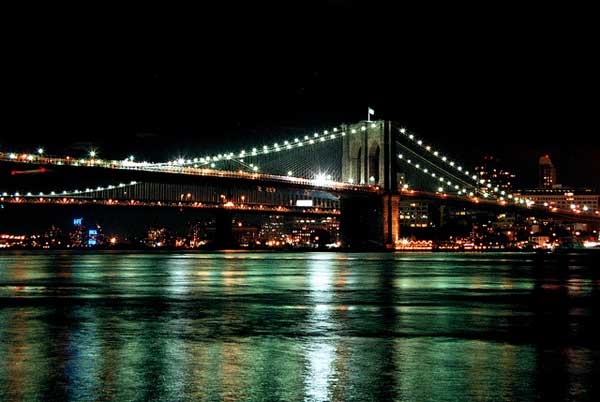
Photo by: MeenHaj
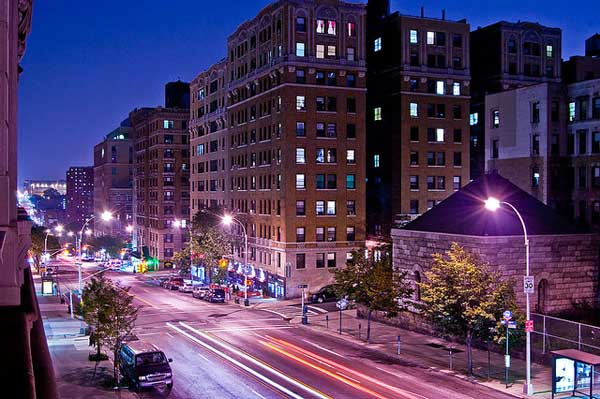
Photo by: dropthemedicine
Next is the ISO, if you’re good with your Aperture and Shutter Speed settings but you still need more light you can change your ISO settings. But changing your ISO to a higher number or level will add noise to your photos. If you don’t want your photos to have noise, you can try to eliminate it when post processing your images. Sometimes Noise can add a nice effect to the photo especially if it’s in black and white.
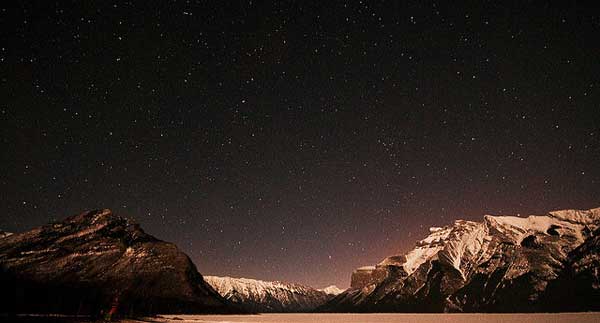
Photo by: c@rljones
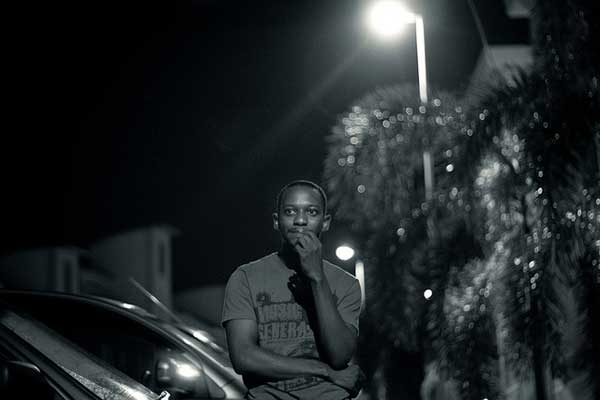
Photo by: CrazySphinx
If you don’t want to change any of the settings mentioned above, you can try creating more light or adding a light source like using a flash. An external flash can be very useful in shooting in low light. But if you’re not familiar with using it, it may ruin your photos giving you overexposed shots. When using an external flash and you might want to bounce off the light of the ceiling or walls, or you can always use light diffusers. This way the light won’t become too harsh. But what if you don’t have an external flash? Will your pop-up flash work? The answer is yes. But using your pop-up flash doesn’t mean that you don’t have to fix your ISO or shutter speed settings. If you put your ISO to its base setting and you use your pop-up flash, the background may appear pitch black. So raise your ISO to 400 or up to where you think noise is tolerable and start shooting with your pop-up flash. The trick here is to use flash, yet produce images that look like no flash has been used.
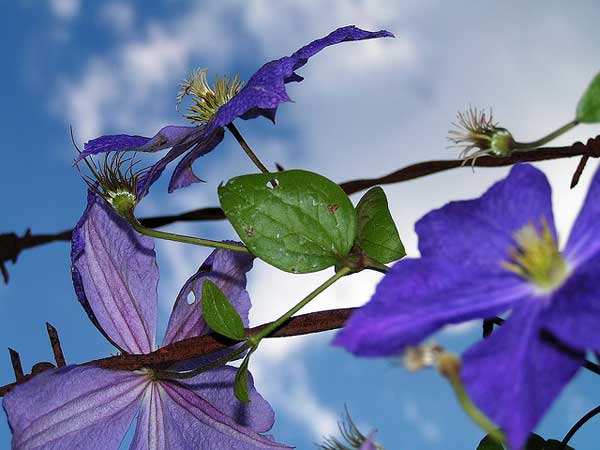
Photo by: Hopefoote, Ambassador of the Wow
So there, I hope this article will somehow help you get great shots even when you’re shooting in low light.

